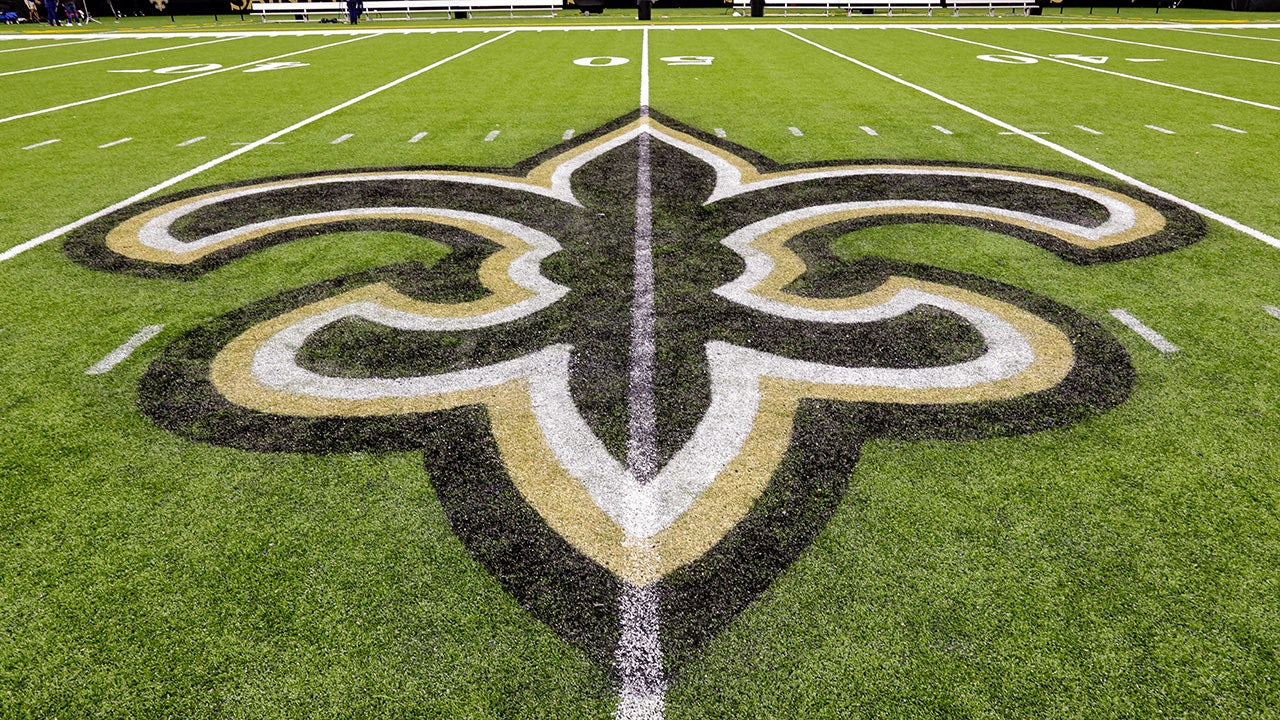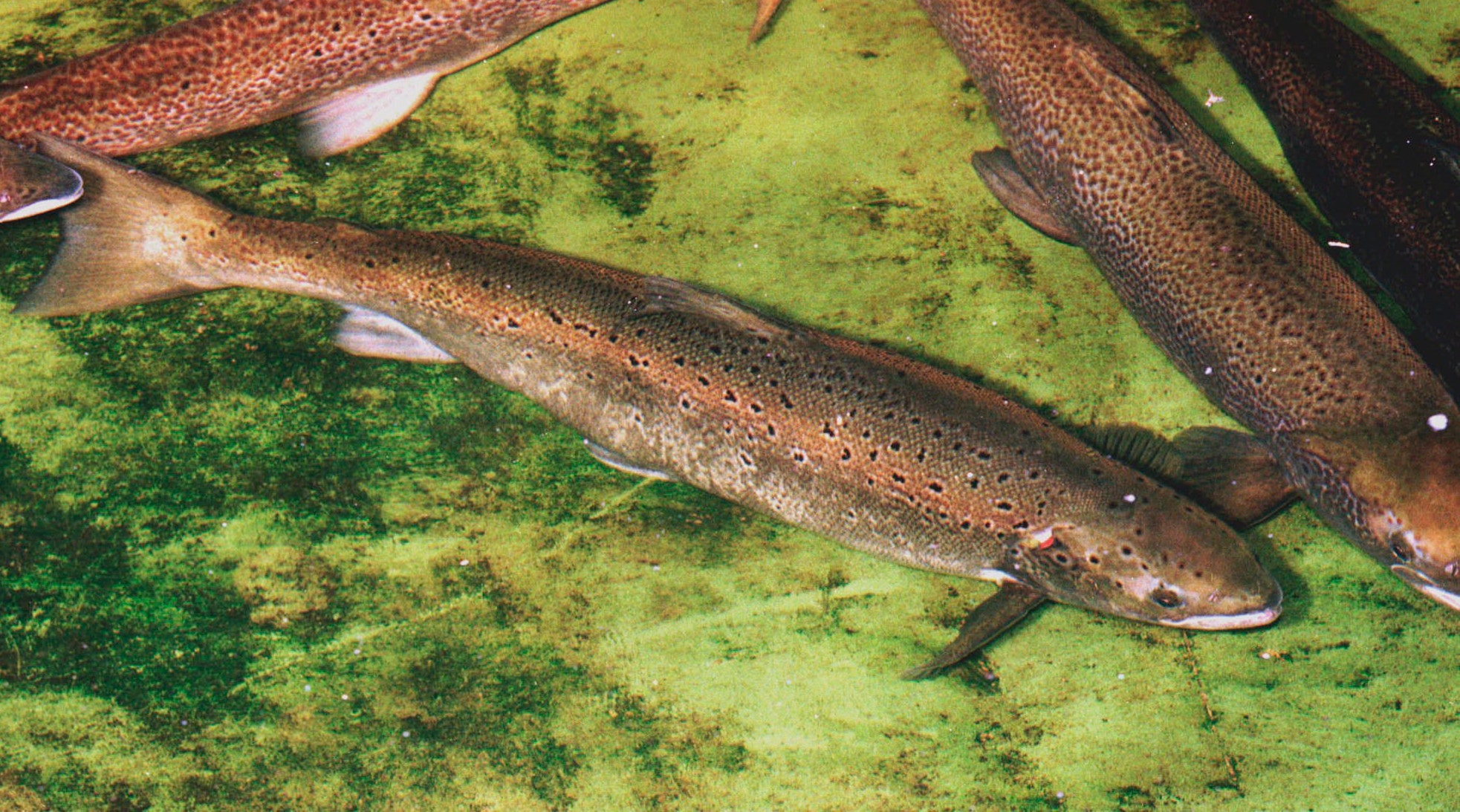NEWYou can now listen to Fox News articles!
The federal government is conducting a review of four dams on a Maine river that could result in a lifeline for the last wild Atlantic salmon in the U.S.
The last of the wild salmon live in a group of rivers in Maine and have been listed under the Endangered Species Act since 2000. One of the rivers is the Kennebec River, where Brookfield Renewable U.S. owns dams.
Brookfield wants to amend federal licenses for four dams and receive a new 40-year operating license for one of them. That requires a review of the dams’ impacts on salmon, said representatives for the National Oceanic and Atmospheric Administration.
GRILLED SALMON SKEWERS FOR SUMMER BARBECUES: TRY THE RECIPE
The federal review could result in mitigation measures Brookfield would need to take to protect the salmon, NOAA officials said. The review comes as the Biden administration is also eyeing changes to dams in other parts of the country. The administration released reports earlier this month that said removing dams on the lower Snake River in eastern Washington may be needed to adequately restore salmon runs in the Pacific Northwest.
In Maine, Brookfield views the review as a step toward building new fish passages on the Kennebec, which will help the fish migrate and spawn, said David Heidrich, a spokesperson for the company. Brookfield plans to spend at least $40 million on structural modifications to its projects, and will incorporate changes required by the federal review, Heidrich said.

Wild Atlantic salmon swim at a fish hatchery in Orland, Maine, in this undated file photo. The federal government is conducting a review of four dams on the Kennebec River in Maine that could result in a lifeline for the last wild Atlantic salmon in the United States.
The review “is a critical regulatory approval that moves Brookfield one step closer to the construction and operation of new, state-of-art fishways on the Lower Kennebec,” he said.
GENETICALLY MODIFIED SALMON HEAD TO US DINNER PLATES
The last wild Atlantic salmon have long been a focus of conservation advocates in New England. Environmental groups have raised alarms that counters found fewer fish on the Penobscot River in 2021 than in any year since 2016.
The fish were once abundant in Maine rivers and beyond, but factors such as dams, overfishing, habitat loss and pollution dramatically reduced their populations. In May, Brookfield said it would use seasonal shutdown procedures for the Kennebec River dams to help the salmon migrate.
The best way to help the salmon population recover would be to remove the dams altogether, said Nick Bennett, staff scientist with the Natural Resources Council of Maine. That would open up access to the Sandy River, a tributary of the Kennebec that is prime salmon habitat, he said.
SALMON RICE BOWLS HAVE TAKEN OVER TIKTOK: TRY THE RECIPE
“If we could get those four dams removed, the best big chunk of Atlantic salmon spawning and rearing habitat, which is the Sandy River and its tributaries, would be direct free swim from the ocean,” Bennett said.



























































